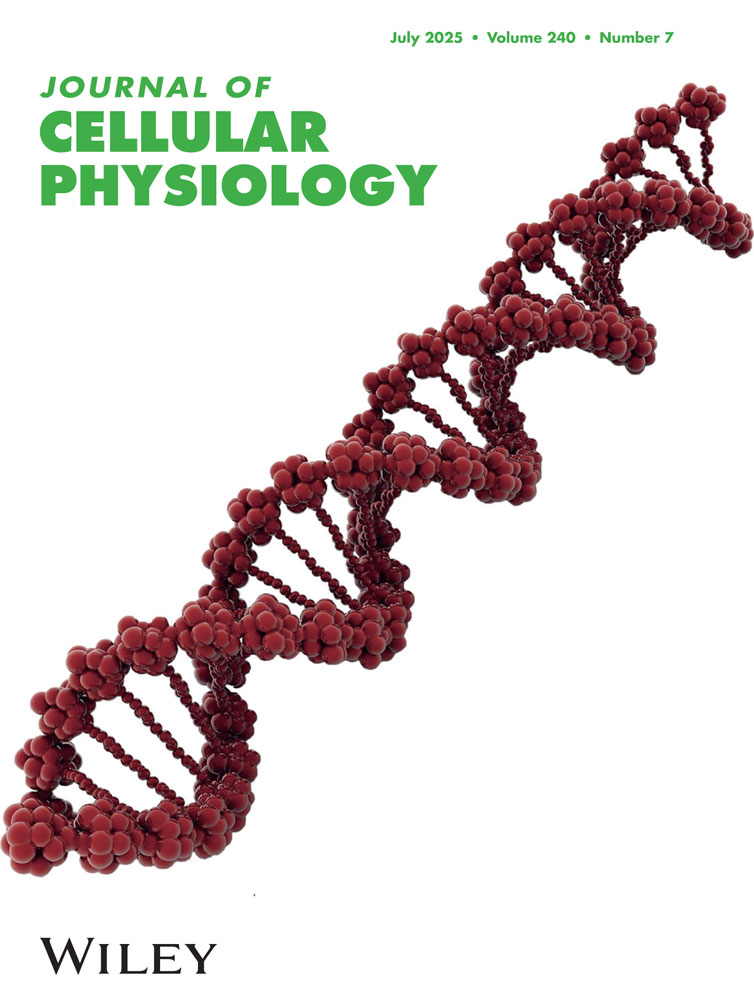Molecular events involved in transcriptional activation of heat shock genes become progressively refractory to heat stimulation during aging of human diploid fibroblasts
Abstract
We examined the induction, by heat shock, of heat shock transcription factor (HSTF) DNA-binding and hsp 70 gene promoter activities during aging of the IMR-90 human diploid fibroblasts. Cells with population doubling level (PDL) ranging from 15–48 were heat shocked at temperatures of 39, 42, and 45°C for various time periods; the binding of HSTF to its consensus DNA was determined by gel retardation assay and the promoter activity of the human hsp 70 gene was analyzed by transient expression of reporter gene activity. We observed that the induction of HSE-binding activity was inversely related to the PDL of the cells used. Importantly, as cells progress through their life span, a higher temperature and a longer period of heat shock were needed to evoke an optimal increase in HSE-binding activity. A substantial and rapid (within 30 min) increase in HSE-binding activity was observed when PDL 20 cells were heat shocked at 39, 42, or 45°C. However, PDL 35 cells did not respond to 39°C, and PDL 48 cells responded slowly to heat shock at 45°C, but not 39 or 42°C. Experiments on the heat induced increase in hsp 70 promoter driven reporter gene expression provided similar information on the age-dependent decrease in transcriptional activation of hsps. These results were further corroborated by quantitation of the abundance of mRNA of hsp 70. Analysis of the cAMP induced expression of the rat somatostatin promoter driven CAT gene provided evidence that the decrease in transcriptional activation of hsps in aging diploid cells was not a reflection of a generalized dysfunction of signal transduction. We conclude that functional changes in the heat shock response occur before cells lose their capacity to replicate, and we suggest that these changes are likely to have a central role in the expression of the aging phenotype.




